Hellebores and Southern blight?
harwichhelen
16 years ago
Related Stories
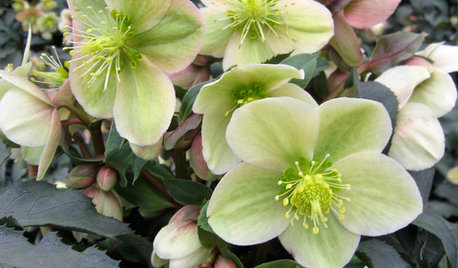
WINTER GARDENINGGreat Design Plant: Gold Collection Hellebores Perform Like Stars
Exciting colors, longer bloom times, forward-facing flowers ... These hybrids leave old hellebores in the dust
Full Story
LANDSCAPE DESIGNBoxwood Alternatives Bring the Chelsea Flower Show to You
Don’t let box blight limit your plans to borrow garden design ideas from the renowned British event
Full Story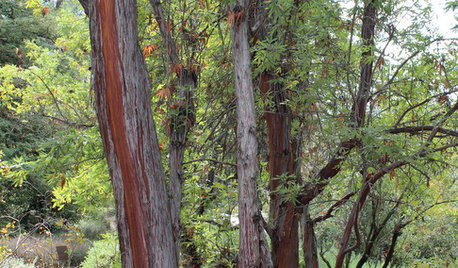
LANDSCAPE DESIGNGreat Design Plant: Catalina Ironwood, a Tree for Antiquity
Peeling bark gives this tree an antique look, but its low water needs are perfect for drought-prone areas today
Full Story
FARM YOUR YARDHow to Grow Vegetables in Containers
Get glorious vegetables and fruits on your patio with a pro’s guidance — including his personal recipe for potting mix
Full Story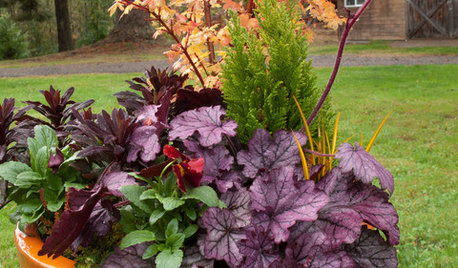
FALL AND THANKSGIVING5 Container Gardens for Fall, the Holidays and Beyond
Make planting easy with a single container, year-round plants and a sprinkling of simple seasonal accents
Full Story
GARDENING GUIDESTop 12 Summer-Blooming Perennials for Deer-Resistant Drama
Can you have garden color, fragrance and exciting foliage with hungry deer afoot? These beauties say yes
Full Story
GARDENING GUIDESOh, Deer! 10 Native Flowers That Stand Up to the Herds
Keeping a garden amid hungry deer can be hard, but these plants should fare well
Full Story
LANDSCAPE DESIGNFind Yourself in an Epic Garden in the Shade
Feeling hot and tired gardening in the sun? The world of shade gardening beckons you to its cool mystery
Full Story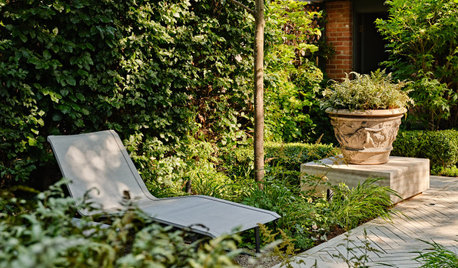
LANDSCAPE DESIGNHow to Create a Beautiful Shade Garden
Turn the cool, shady spot in your garden into your own quiet oasis
Full Story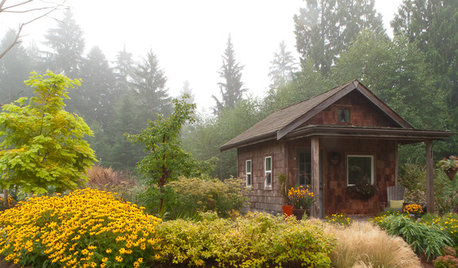
PLANTING IDEASGreat Garden Combo: A Fall Landscape Scene That Lasts
Span the seasons with trees, shrubs and grasses that offer color and texture in abundance
Full StorySponsored






razorback33
harwichhelenOriginal Author
Related Professionals
Tempe Landscape Architects & Landscape Designers · Brentwood Landscape Contractors · Andover Landscape Contractors · Camp Verde Landscape Contractors · Concord Landscape Contractors · Doctor Phillips Landscape Contractors · Glendale Heights Landscape Contractors · Hampton Bays Landscape Contractors · Hoover Landscape Contractors · South Lake Tahoe Landscape Contractors · Whitehall Landscape Contractors · Maplewood Landscape Contractors · Selma Landscape Contractors · Cedar Rapids Siding & Exteriors · Southampton Siding & Exteriorssyllabus
HU-229423005